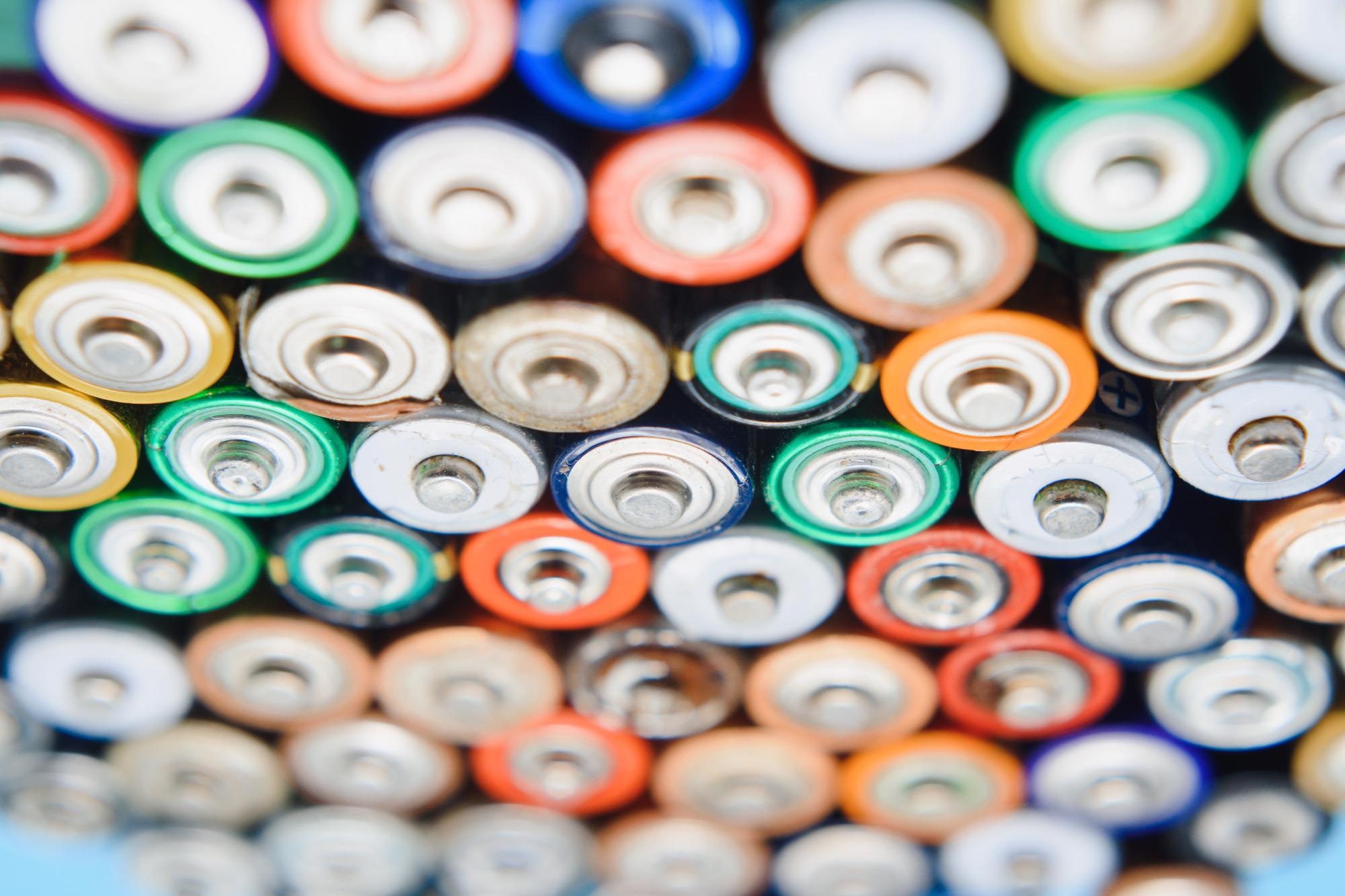Apr 7 2021
A new type of battery designed by scientists from St Petersburg University can charge 10 times faster than a regular lithium-ion battery.

Image Credit: Hryshchyshen Serhii/shutterstock.com
The battery has a lower environmental impact and is also safer in terms of possible fire hazards. The study was funded by the Russian Science Foundation and the results have been published in the Batteries & Supercaps journal.
Lithium-ion batteries are ubiquitous in people’s day-to-day life. These batteries are generally used in electric vehicles and they dominate the small format battery sector for portable electronic devices.
But lithium-ion batteries also pose several serious problems, such as performance loss at cold temperatures and potential fire hazards. They also have a significant environmental impact when it comes to discarding the spent batteries.
According to Oleg Levin, the leader of the research team and Professor in the Department of Electrochemistry at St Petersburg University, the researchers have been investigating the materials, called redox-active nitroxyl-containing polymers, for storing electrochemical energy.
Such polymers are defined by high energy density and rapid charging and discharging speed because of fast redox kinetics. However, the inadequate electrical conductivity makes it difficult to implement this technology. As a result, the charge collection is impeded even in the case of highly conductive additives, like carbon.
To find a solution to this problem, the St Petersburg University team produced a polymer-based on the nickel-salen (NiSalen) complex. The metallopolymer molecules serve as a molecular wire to which energy-intensive nitroxyl pendants are bound.
Thanks to the molecular design of the material, high capacitance performance can be achieved across a broad range of temperatures.
We came up with the concept of this material in 2016. At that time, we began to develop a fundamental project ‘Electrode materials for lithium-ion batteries based on organometallic polymers.’ It was supported by a grant from the Russian Science Foundation. When studying the charge transport mechanism in this class of compounds, we discovered that there are two keys directions of development.
Oleg Levin, Team Lead and Professor, Department of Electrochemistry, St Petersburg University
Levin continued, “Firstly, these compounds can be used as a protective layer to cover the main conductor cable of the battery, which would be otherwise made of traditional lithium-ion battery materials. And secondly, they can be used as an active component of electrochemical energy storage materials.”
It took more than three years to develop the polymer. In the first year, the investigators tested the idea of the novel material by combining separate components to replicate the redox-active nitroxyl-containing pendants and the electrically conducting backbone.
It was crucial to make sure that all the structural parts worked collectively and strengthened one another.
Chemical synthesis of the compound was the next stage, but this turned out to be the most difficult part of the study. The reason was certain components are highly sensitive and even the smallest error by a researcher may degrade the specimens.
Among the many polymer samples achieved, just one was found to be adequately efficient and stable.
The core chain of the novel compound is created by nickel complexes with salen ligands. A stable free radical, which can perform fast oxidation and reduction (or charge and discharge), has been connected to the main chain through covalent bonds.
A battery manufactured using our polymer will charge in seconds—about ten times faster than a traditional lithium-ion battery. This has already been demonstrated through a series of experiments. However, at this stage, it is still lagging behind in terms of capacity—30 to 40% lower than in lithium-ion batteries. We are currently working to improve this indicator while maintaining the charge-discharge rate.
Oleg Levin, Team Lead and Professor, Department of Electrochemistry, St Petersburg University
For the new battery, the researchers produced the cathode—a positive electrode used in chemical current sources. The negative electrode—that is, an anode—is now required.
This electrode does not have to be produced from scratch but can be chosen from the prevailing ones. When combined together, the electrodes will create a system that, in some fields, may soon surpass lithium-ion batteries.
The new battery is capable of operating at low temperatures and will be an excellent option where fast charging is crucial. It is safe to use—there is nothing that may pose a combustion hazard, unlike the cobalt-based batteries that are widespread today. It also contains significantly less metals that can cause environmental harm. Nickel is present in our polymer in a small amount, but there is much less of it than in lithium-ion batteries.
Oleg Levin, Team Lead and Professor, Department of Electrochemistry, St Petersburg University
The team is currently filing a patent application for their invention. St Petersburg University will hold the copyright. The study was funded by a grant from the Russian Science Foundation No 16-13-00038.
Journal Reference:
Vereshchagin, A. A., et al. (2020) The Fast and the Capacious: A [Ni(Salen)]‐TEMPO Redox‐Conducting Polymer for Organic Batteries. Batteries & Supercaps. doi.org/10.1002/batt.202000220.